What is the No. 1 Fast Food in the World?
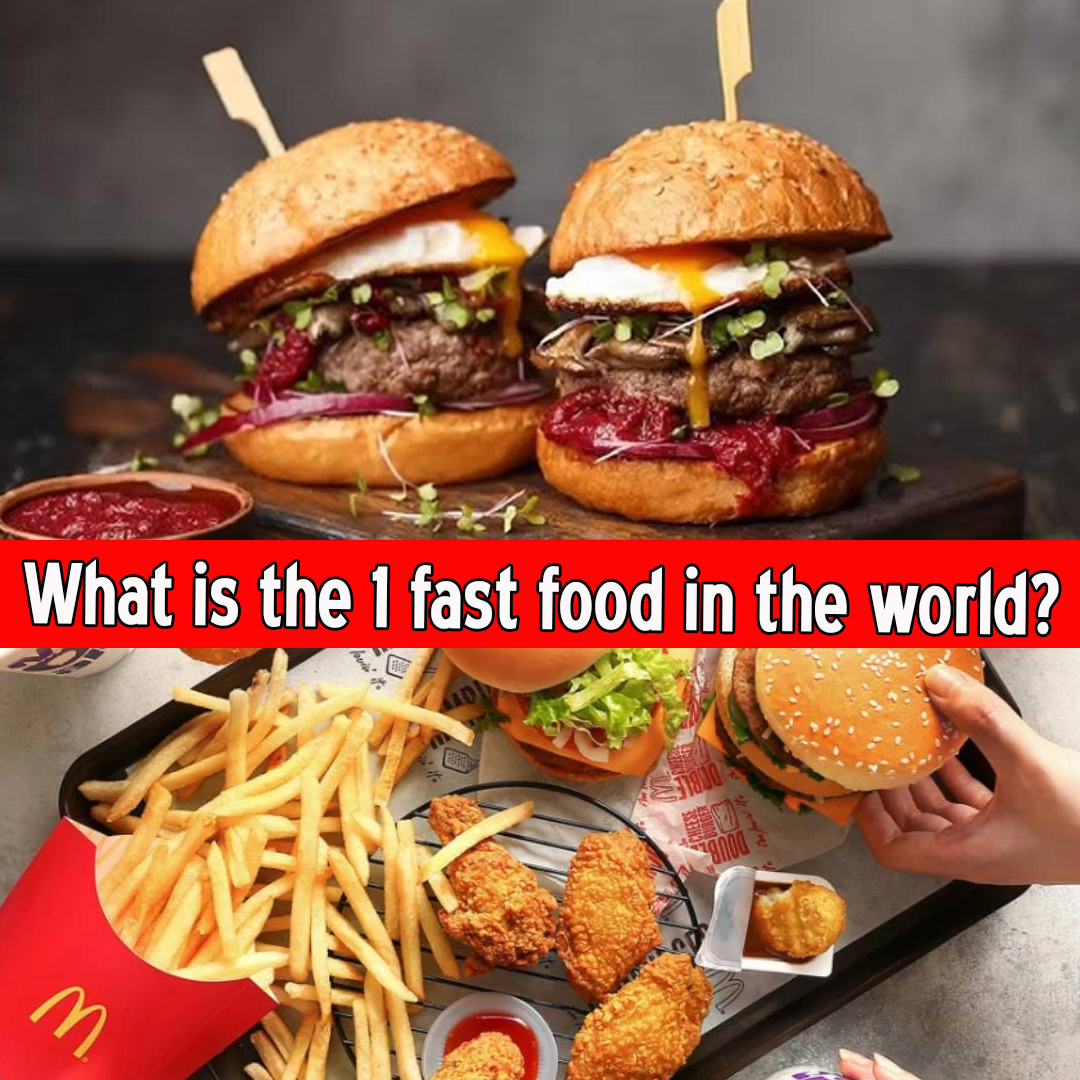
What is the No. 1 fast food in the world?
Fast food is one of the most influential culinary phenomena of the modern world. It is affordable, accessible, and designed for convenience, often becoming an inseparable part of urban lifestyle. But amidst the thousands of options available globally, one question frequently arises: What is the No. 1 fast food in the world?
McDonald’s Hamburger (Specifically the Big Mac)
While regional tastes and preferences vary, the McDonald’s hamburger, particularly the Big Mac, is universally recognized as the number one fast food item in the world. It has achieved iconic status due to its global presence, consistency, and influence in shaping the fast food industry.
In this essay, we will explore:
- The definition and history of fast food
- The rise of McDonald’s
- Why the Big Mac stands out
- Global influence and popularity
- Health implications
- Cultural significance
- The future of fast food
1. Defining Fast Food
Fast food refers to food that is prepared and served quickly. It often involves minimal table service and is sold in restaurants or outlets that specialize in speed and efficiency. Common characteristics include:
- Mass production
- Standardized recipes
- Quick preparation
- Inexpensive pricing
Popular fast food items include burgers, fries, pizza, fried chicken, hot dogs, tacos, and sandwiches.
2. The Rise of Fast Food: A Historical Background
The fast food industry traces its roots to the early 20th century, but it truly exploded after World War II, especially in the United States.
Key Milestones
- 1921: White Castle opens, popularizing the hamburger
- 1940: Richard and Maurice McDonald open a drive-in restaurant in California
- 1955: Ray Kroc opens the first franchised McDonald’s in Illinois, launching the global empire
Fast food soon became a symbol of modernity, progress, and American culture, spreading to every continent by the 1980s.
3. McDonald’s: The Giant of Fast Food
McDonald’s Corporation is the most recognized fast food brand in the world. As of 2025, it operates over 40,000 locations in more than 100 countries, serving over 69 million customers daily.
Key Facts
- Founded: 1940 (California)
- Founder of the global model: Ray Kroc
- Global headquarters: Chicago, Illinois
- Revenue (2024 est.): Over $25 billion
McDonald’s success is built on consistency, branding, and its signature offerings—especially the Big Mac.
| Read more – What are the 5 main food types? |
4. The Big Mac: The World’s No. 1 Fast Food Item
What is the Big Mac?
The Big Mac is a double-decker hamburger featuring:
- Two all-beef patties
- Special sauce (a proprietary thousand-island style dressing)
- Lettuce
- Cheese
- Pickles
- Onions
- Three-part sesame seed bun
Why the Big Mac Is No. 1
1. Ubiquity
- Available in over 100 countries
- Adapted to local markets while maintaining core recipe
2. Brand Power
- The “Big Mac” is more than a burger; it’s a cultural icon
- It has its own economic indicator: the Big Mac Index (used by The Economist to measure purchasing power parity globally)
3. Taste and Texture
- Balanced flavor: savory beef, tangy sauce, fresh lettuce, and soft bread
- Familiar and reliable taste no matter where you are in the world
4. Marketing Success
- Famous jingle: “Two all-beef patties, special sauce, lettuce, cheese, pickles, onions on a sesame seed bun.”
- Global campaigns and celebrity endorsements
5. The Big Mac Index: Economics and Influence
Created in 1986 by The Economist, the Big Mac Index is a tool for comparing the purchasing power of currencies.
How It Works
- It compares the price of a Big Mac in different countries
- If a Big Mac is cheaper in one country than another, that currency may be undervalued
Why It Matters
- Demonstrates the standardized pricing power of fast food
- Highlights the Big Mac’s global economic relevance
6. Global Popularity and Cultural Reach
Localization of Big Mac
McDonald’s adapts the Big Mac to local tastes without changing its identity.
- India: Chicken Maharaja Mac (as beef is avoided)
- Japan: Teriyaki Mac variations
- Middle East: Halal-certified ingredients
- France: Served with potato wedges and salads
Symbol of Globalization
- The Big Mac is often used as a metaphor for globalization
- It signifies how American culture has penetrated every corner of the world
7. Health Implications
Despite its popularity, the Big Mac is not without criticism, particularly regarding health and nutrition.
Nutritional Facts (per Big Mac)
- Calories: ~550
- Fat: 30g
- Sodium: ~970mg
- Protein: 25g
Health Concerns
- High in saturated fats and sodium
- Linked to obesity, heart disease, and hypertension when consumed excessively
- Criticized for promoting an unhealthy fast food culture
McDonald’s Response
- Offering salads, fruit, and low-calorie options
- Calorie transparency in menus
- Promoting “healthier” variations in some countries
8. Cultural Impact of the Big Mac
The Big Mac is more than just food—it’s a cultural symbol.
Media and Pop Culture
- Referenced in movies, TV shows, and songs
- Example: Pulp Fiction’s “Royale with Cheese” scene highlighting McDonald’s in France
Global Generational Appeal
- Familiarity across generations
- Nostalgic for older consumers and exciting for children
Social Media Influence
- Millions of hashtags (#BigMac) on platforms like Instagram and TikTok
- Viral campaigns such as the “Travis Scott Meal” collaboration
9. Fast Food Competitors
Though the Big Mac is dominant, other fast food items have come close in popularity:
| Fast Food Item | Brand | Popularity Ranking |
|---|---|---|
| Chicken Sandwich | Chick-fil-A, KFC | #2 in the U.S. |
| Pepperoni Pizza | Domino’s, Pizza Hut | High globally |
| French Fries | McDonald’s | Often ordered with Big Mac |
| Tacos | Taco Bell | Popular in North America |
| Fried Chicken Bucket | KFC | Top in Asia & Africa |
Still, none of these have achieved the same economic, cultural, and global standardization as the Big Mac.
10. The Future of Fast Food and the Big Mac
Healthier Alternatives
- McDonald’s has experimented with plant-based Big Macs using Beyond Meat or McPlant patties
- More customization options for health-conscious consumers
Sustainability
- Moving towards eco-friendly packaging
- Reducing carbon emissions and sourcing sustainable beef
Digital Transformation
- Mobile ordering and delivery integration
- AI-powered drive-thrus for faster service
- Loyalty programs driving repeat customers
Competition from Local Chains
In some regions, local fast food (like Jollibee in the Philippines or Dicos in China) is giving McDonald’s strong competition, but the Big Mac remains unmatched in global identity.
Conclusion
So, what is the No. 1 fast food in the world?
Answer: The Big Mac from McDonald’s.
Its success lies in its simplicity, consistent flavor, global availability, cultural integration, and economic symbolism. The Big Mac is not just a burger—it’s a representation of fast food culture, global economics, and modern lifestyle.
As the fast food industry evolves with changing consumer demands, health awareness, and environmental concerns, the Big Mac continues to adapt while retaining its legendary status.
In short, when people think of fast food, they think of the Big Mac—the undisputed king of global fast food.

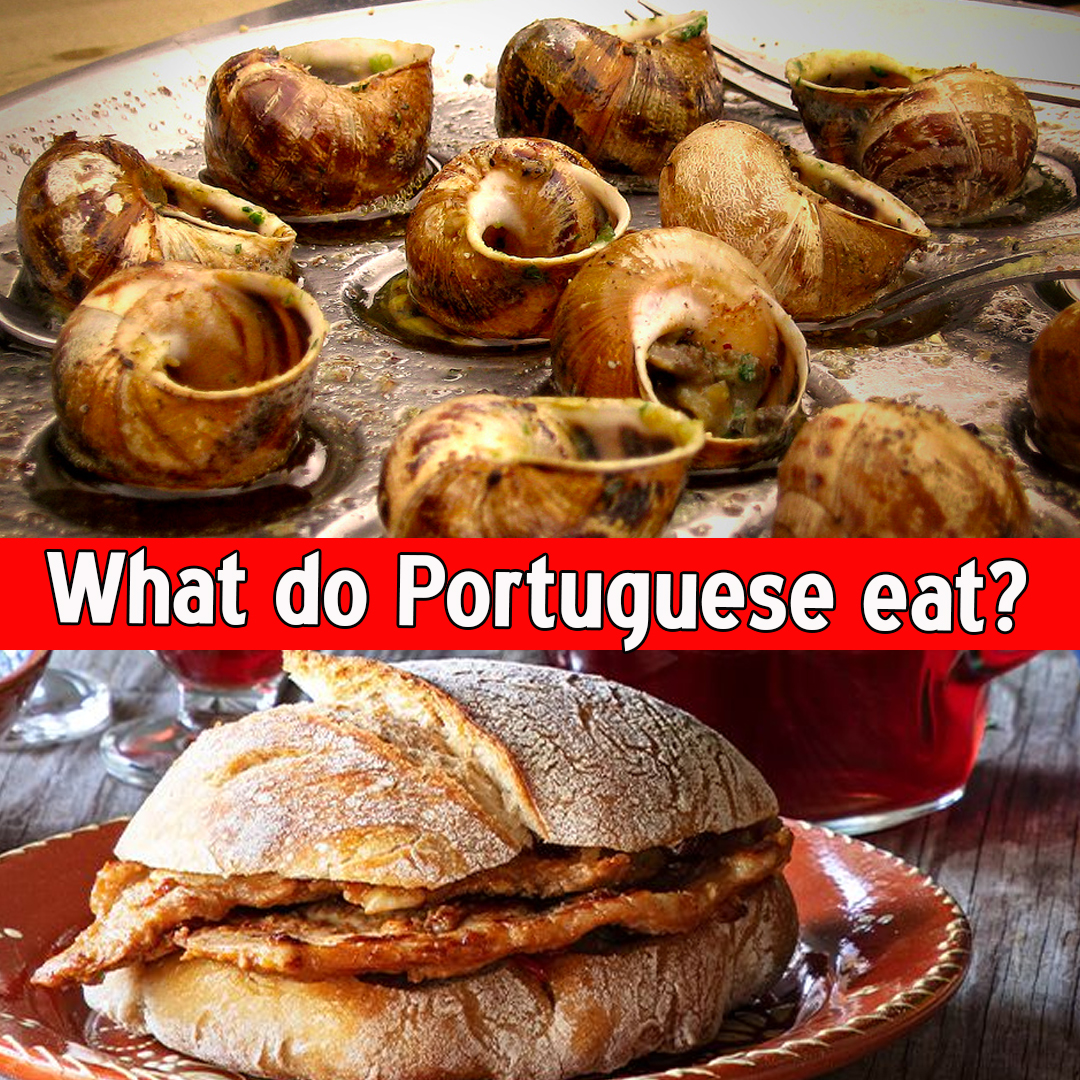


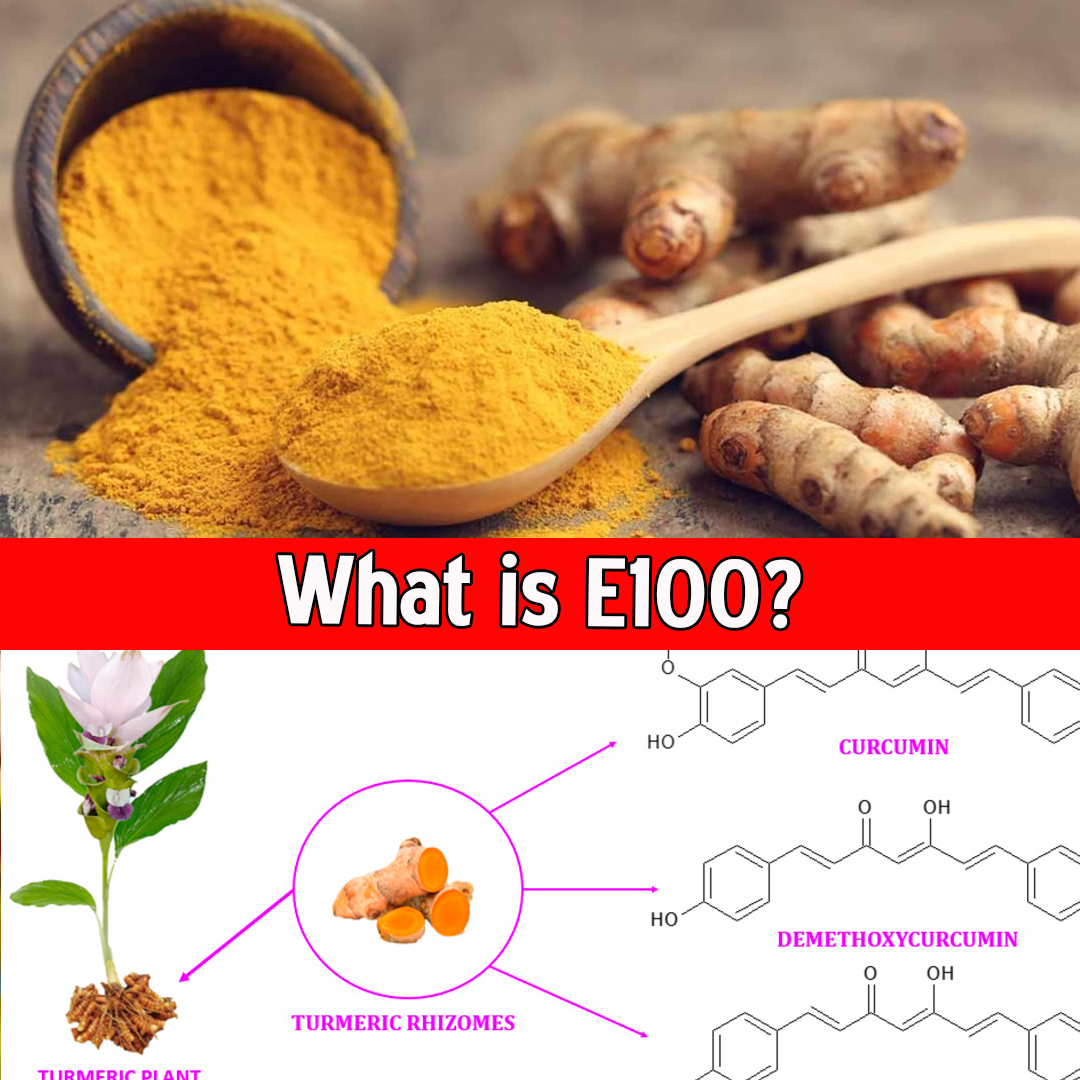

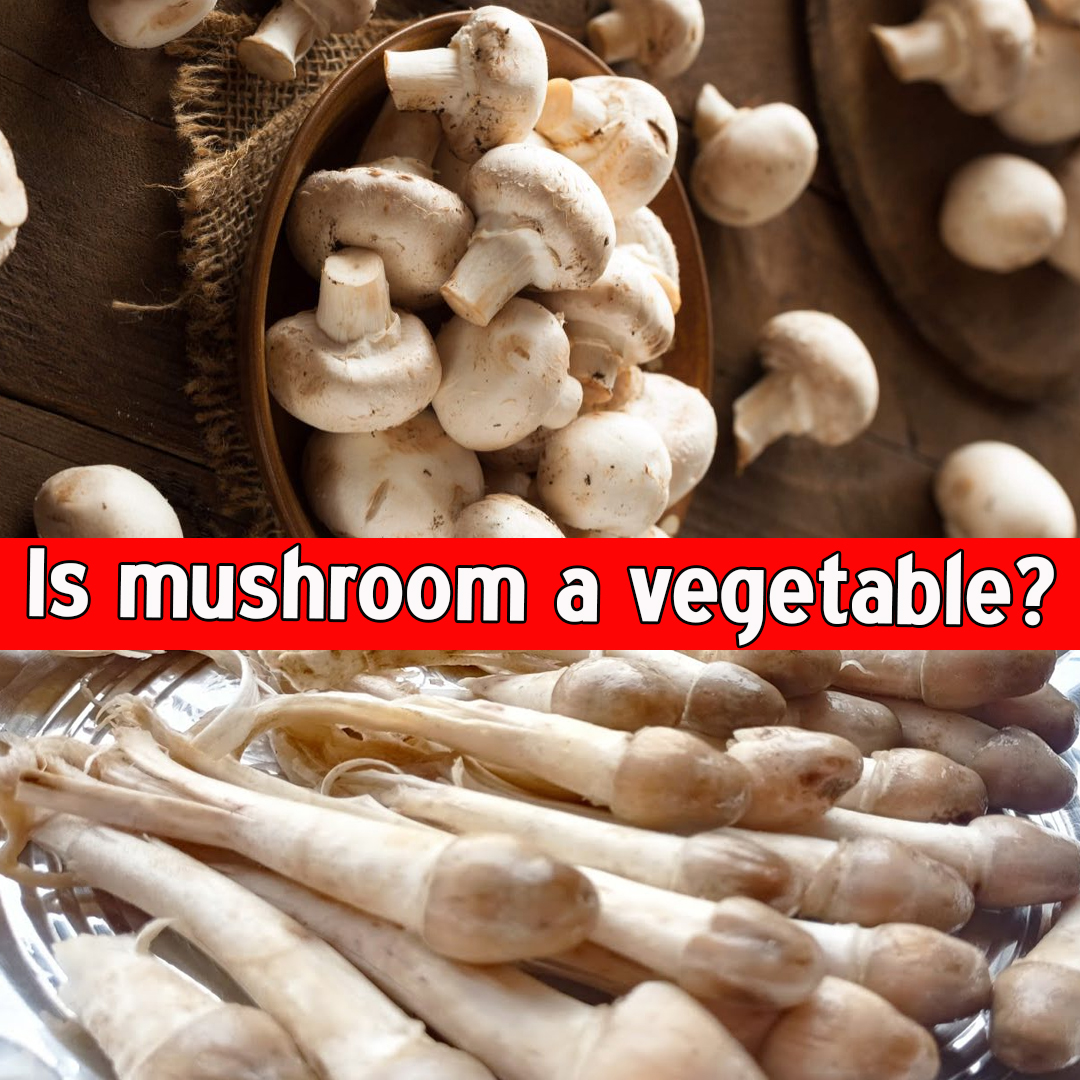

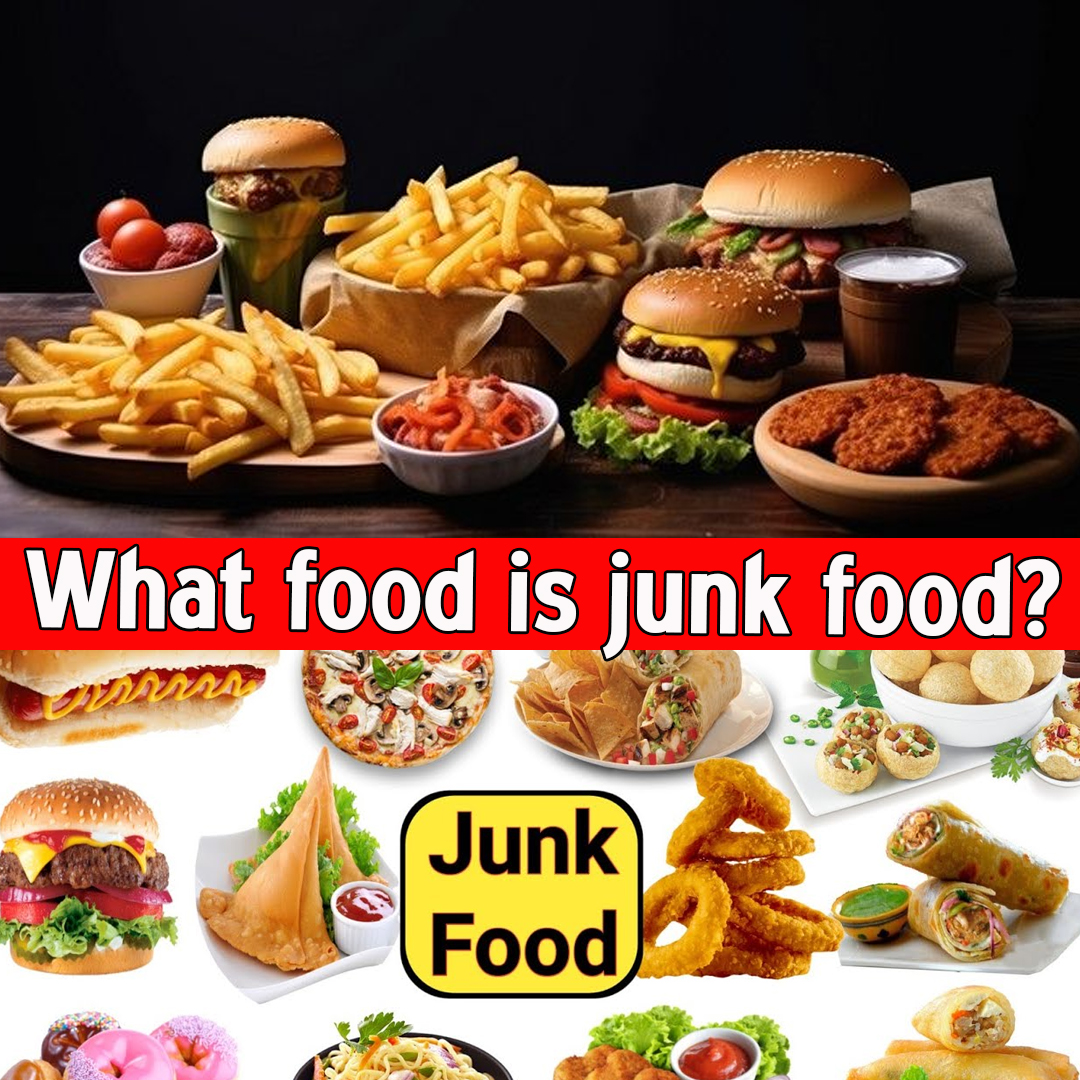

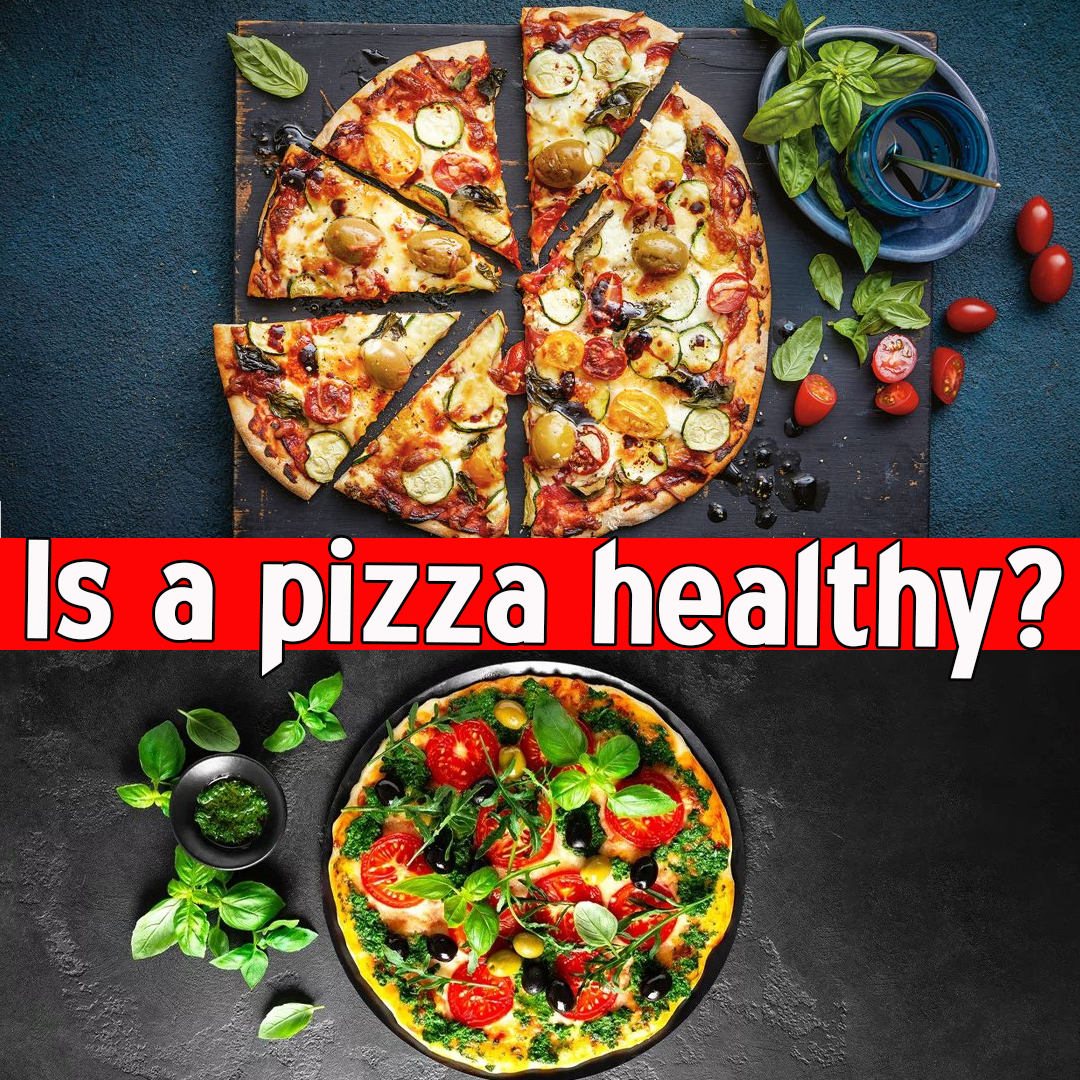




Leave a Reply